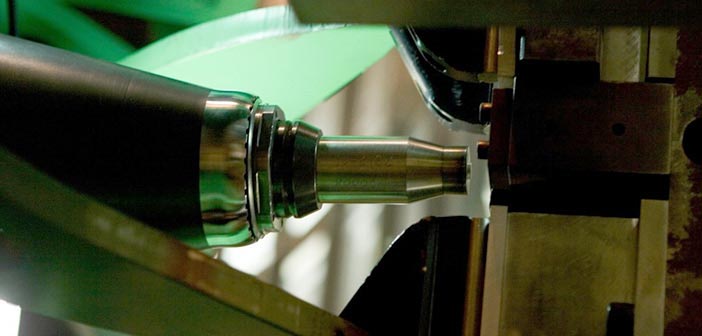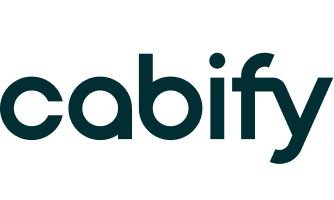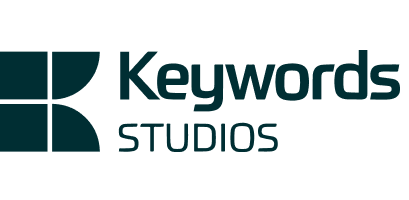Spend Responsibly.
Stop reacting to invoices. Procurify transforms your procurement process from a reactive cost center to a proactive, profit-driving function.
When it comes to spend management practices at mature, growth-minded organizations, the state of the economy should have little bearing on the strategic decisions being made. In both good times and bad, it is always good business sense to reduce costs, implement better procurement practices, and control spending. These efforts will translate into more relevant bottom-line savings in a bear market, but this doesn’t mean companies should ease up when the good times are rolling. Money on the table is money on the table, as they say.
Strategically speaking, the needs of small- and medium-sized businesses (SMEs) are also very similar to those of larger entities. As organizations grow, processes become more sophisticated, the headcount increases and management becomes more complicated. Every department grows in complexity, and supporting functions such as Human Resources and Accounting becomes more cumbersome. This logic applies equally to procurement. Keeping the wheels of enterprise greased is a perpetual challenge, be it for core material acquisition (direct spend) or supporting purchases (indirect spend such as office supplies, travel, printing, etc.).
What are the benefits of spend management?
The benefits of better spend management practices are immediately measurable. Devising strong policies and using transparent, systematic controls to enforce them – typically with e-procurement software at the core – can reap substantial benefits. In fact, research conducted by the Aberdeen Group indicates that e-procurement initiatives can:
- Reduce requisition-to-order costs by nearly 50%
- Shrink requisition-to-order cycle time from 9.6 days to 3.4 days
- Increase spend under management by 43%
- Eliminate nearly 40% of maverick spend
In this paper, we identify three practices you can start implementing – or improving upon – today to advance the effectiveness of the procurement function at your company and squeeze more savings and earn greater efficiencies out of where and how you spend money. They are:
- Establish Stronger Policies
- Enable ‘Smarter’ E-procurement
- Gain Better Visibility
The state of procurement for SME manufacturing
For most SME manufacturers – if not manufacturers of every size – the top two business priorities are sales and production. It’s all hands on deck to keep the orders flowing in and the factory floor working at capacity. This isn’t to suggest that functions such as accounting and human resources aren’t important; it’s merely a generalization about what makes most SME’s tick. Typically, if there’s an extra dollar to squeeze out of a budget, sales and production managers have a stronger chance of getting it.
 The hallmark of most SMEs is their agility. Unlike Fortune 500 counterparts, SMEs behave more like small power boats. Often, they’re quicker out of the gate and more nimble and responsive to internal or external forces. A flatter organizational chart and fewer processes are the great enablers of this agility. This helps reduce decision cycle times and convert ideas into action. From a procurement perspective, these traits often translate into more delegated responsibility and less centralized control. There might very well be a procurement department (or person) on the payroll, but their role is often limited to more downstream functions. This includes issuing POs and tracking orders and shipments until they reach the dock.
The hallmark of most SMEs is their agility. Unlike Fortune 500 counterparts, SMEs behave more like small power boats. Often, they’re quicker out of the gate and more nimble and responsive to internal or external forces. A flatter organizational chart and fewer processes are the great enablers of this agility. This helps reduce decision cycle times and convert ideas into action. From a procurement perspective, these traits often translate into more delegated responsibility and less centralized control. There might very well be a procurement department (or person) on the payroll, but their role is often limited to more downstream functions. This includes issuing POs and tracking orders and shipments until they reach the dock.

S, Sirje. “Chris Craft speedboat.” 23 Aug 2008. Online image. Flickr.
Better procurement practices for SME manufacturers
While most SME manufacturers devote significant resources to developing professional sales systems, procurement often gets neglected. Many companies muddle through with non-existent or inconsistently applied policies and wasteful paper-based systems. And this costs thousands of dollars and dozens of hours more than needed. Others attempt to make use of rigid and complex processes built into their ERP system, but these rarely reflect the requirements and capabilities of smaller companies.
When the right procurement manager comes along, the opportunities for saving money will be there like low-hanging fruit. For companies with basic policies and practices in place, there will still be ample room to improve upon existing practices.
The rest of this paper will guide you on where to start. Each topic will contain two tracks: one for companies with little to no application of the principles, and another for companies that have some application in place but could benefit from taking things to the next level. We’ll call these tracks ‘Newbie’ and ‘Junior,’ respectively.









